The thread about Kaufmann’s Aerial Steam Locomotive; when a Victorian engineer dared to dream of flapping his way into the air
I have previously written enthusiastically on the subject of the Beardmore Inflexible, which I thought was Scotland and Clydeside’s first – and only – entry into the improbable, giant flying machine stakes. So imagine my surprise today when I read about Glasgow’s own Aerial Steam Machine, from way back in 1867!
An illustration of the “Aerial Steam Machine” in Scientific America, December 1869
Also known as the Aerial Steam Locomotive, it was the brainchild of Joseph M. Kaufmann, an engineer living in the city at that time on Abbotsford Place. He was probably German, maybe arriving from Hamburg via Leith, but does not seem to have put deep roots down in this country and I haven’t turned him up in the usual genealogical resources. At a time when others were dreaming of slender gliders, Kaufmann’s machine was a real heavyweight: basically a small, oil-fired, steam locomotive fitted with wings that spanned 70 feet. It was to weigh 8,000lb and the engine was to generate 40hp, propelling the device by flapping a pair of wings in a bird-like motion. The flapping wings were to oscillate at a terrifying frequency of 120Hz. Sensibly, their profile was modelled on those of a swallow, and just to be sure of success they were also to be painted as such. The London Daily Chronicle, rightly described the whole absurd contraption as “the body of a hippopotamus on the wings of an albatross, and with as many wheels within wheels as a cotton-spinner’s Jenny in full play“.
Illustration of the Kaufmann Aerial Steam Machine, with its wings removed for clarity, Engineering, March 1868
The machine had heavyweight wheels for running on the ground, the front pair of which were powered by the steam engine, to provide take-off speed on the ground and act as fly-wheels in the air. Kaufmann informed his audiences that they could easily be replaced with floats and paddle-wheels for operation from water. He was confident that with a bit of finesse, he could get 120hp out of the engine and raise the flight speed to 56mph and it could carry sufficient oil and water for a 5 hour flight. Control was to be had in the air by fan-like tail surfaces and it was to tow a “gondola” or “aerial carriage” behind itself for the passengers. I have assumed that any crew were carried on or in the body of the hippo itself. The sharp-eyed amongst you will have spotted the curious telescopic extension below the body: this had 2 functions. Firstly, it was a 40ft long pendulum with an 85lb weight at its end, to stabilise the violent flapping motion of flight. Secondly, it was acknowledged that take-off would be a tricky prospect, so by extending it progressively as the machine built up speed, it would physically push the locomotive skywards.
Kaufmann fully described his designs to a meeting of the the Association of Assistant Engineers in Glasgow in a lecture entitled Aerial Transcursion, The Mechanical Laws of Flight in March 1867. His idea was, he said, “based on sound principles” and he “confidently expected [it] to be a success“. In another version of the illustration, he shows his machine majestically flapping its wings on a voyage Doon’ The Water of the Clyde Coast.
Kaufmann’s Aerial Steam Machine, Engineering, March 1868
Kauffman was not just a dreamer though, he was a practical engineer, so after 5 years theoretical work on paper he had a 40lb “working” model built for him by John Boyd, an engineer of Bishop Street in Anderston in 1868. The Orcadian said that this “promised to be an entire success“. The smaller model differed from the initial designs, with four-tiered lift wings added on each side ahead of the flapping wings, and having a different arrangement of wheels. Its single cylinder engine, fed with steam from an onboard reservoir, was capable of providing 2 horsepower. The lifting wings had a span of 14ft and the flapping wingspan of 6½ft, these being steel skeletons covered in silk. The flapping stroke could be varied from 6” to 4ft.
Sketch designs of Kaufmann’s model flying machine. Note the extra set of wings to provide lift.
Kaufmann exhibited the model locally but did not demonstrate it as he was in a hurry to take it to the inaugural exhibition of the Royal Aeronautical Society, to be held at the Crystal Palace in London in July that year. 77 various flying machine exhibits; balloons and gliders; powered and unpowered, were to be exhibited, the work of the finest (or most incompetent) inventors that the time had to offer. And what do we see proudly on display on the table in the middle of it all? Why if it’s not Kaufmann’s Aerial Steam Locomotive!
Newspaper illustration of the Aeronautical Society Exhibition at Crystal Palace
The event sadly was a “decided failure”, probably because none of the machines could hope to meet the wildly optimistic claims of their inventors. It ended in disastrous fashion when the hot air balloon Captif, brought over specially from France to give “timid Englishmen” tethered flights for a Guinea a time, caught fire and was destroyed. Kaufmann reportedly demonstrated various slow-motion wing flaps of his exhibit, or high-speed flaps with the wings removed, but excuses about the lack of flying space meant it was never properly tested. Finally (it’s not recorded when), the steam vessel was filled up to a 150psi working pressure and the throttles were opened wide. The sensible precaution was made of strapping the machine down, just in case, and everyone stood well back…
Predictably, the model shook itself to pieces. Various excuses were made about the lengths of the wings having been altered incorrectly, and the deluded Kaufmann declared that he “consider[ed] the trial to have been satisfactory“. He told the Scientific American in December 1869 that he was working a larger, improved model that could carry two passengers, but we do not hear of our intrepid inventor again after that point. His dream of a much larger machine, to pull 3 “aerial carriages” for 40 passengers at 80mph over longer distances went forever unrealised (at least until Dalmuir’s Inflexible appeared on the scene in 1928!)
If you have found this useful, informative or amusing, perhaps you would like to help contribute towards the running costs of this site – including keeping it ad-free and my book-buying budget to find further stories to bring you – by supporting me on ko-fi. Or please do just share this post on social media or amongst friends.
These threads © 2017-2025, Andy Arthur.
NO AI TRAINING: Any use of the contents of this website to “train” generative artificial intelligence (AI) technologies to generate text is expressly prohibited. The author reserves all rights to license uses of this work for generative AI training and development of machine learning language models.
#Contraptions #Failures #Flight #Flying #Glasgow #Inventions #SteamEngines #transport #Transportation
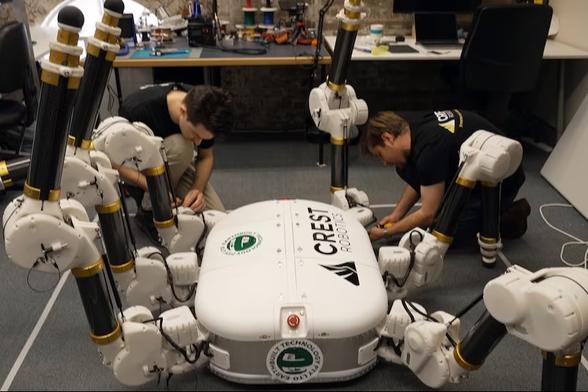


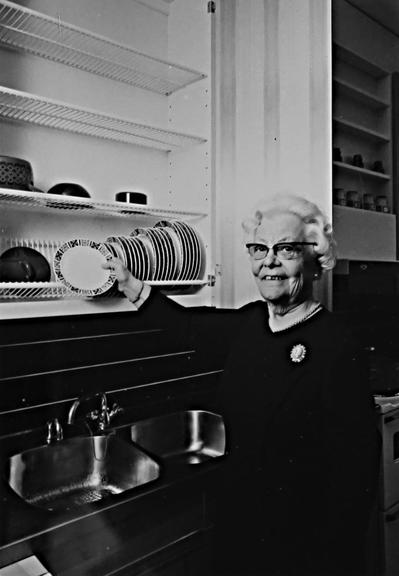
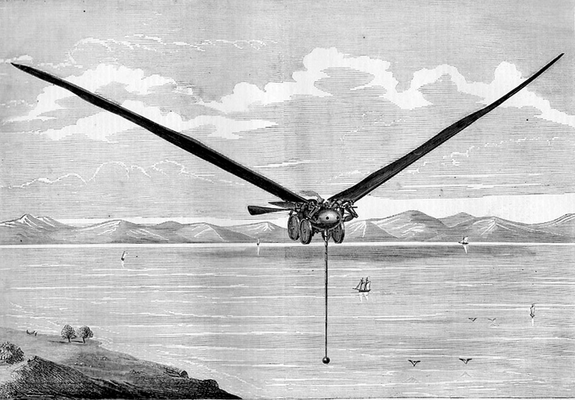
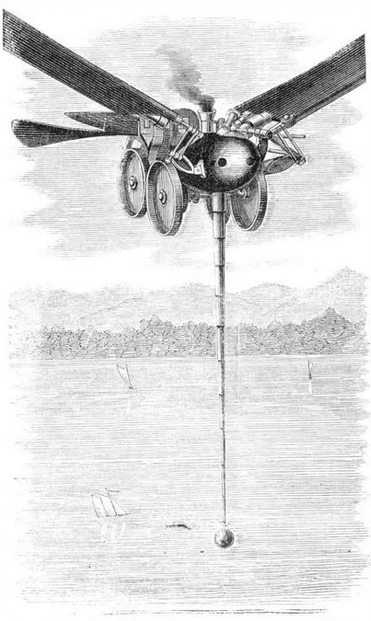
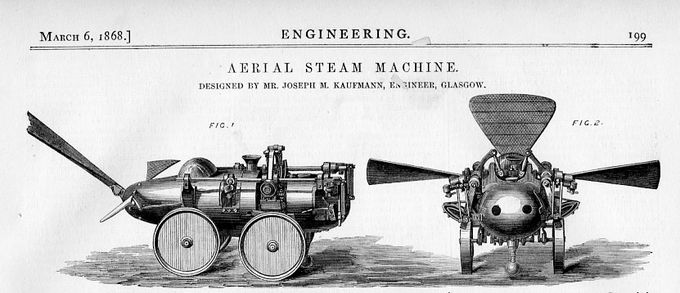
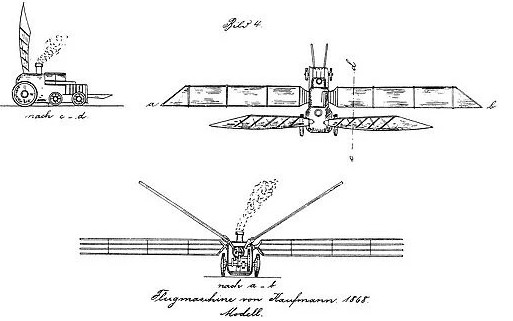

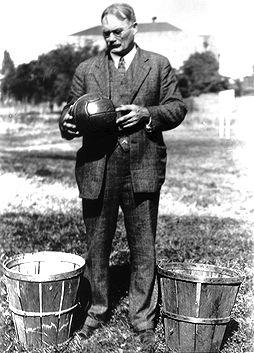
 Hacker News
Hacker News